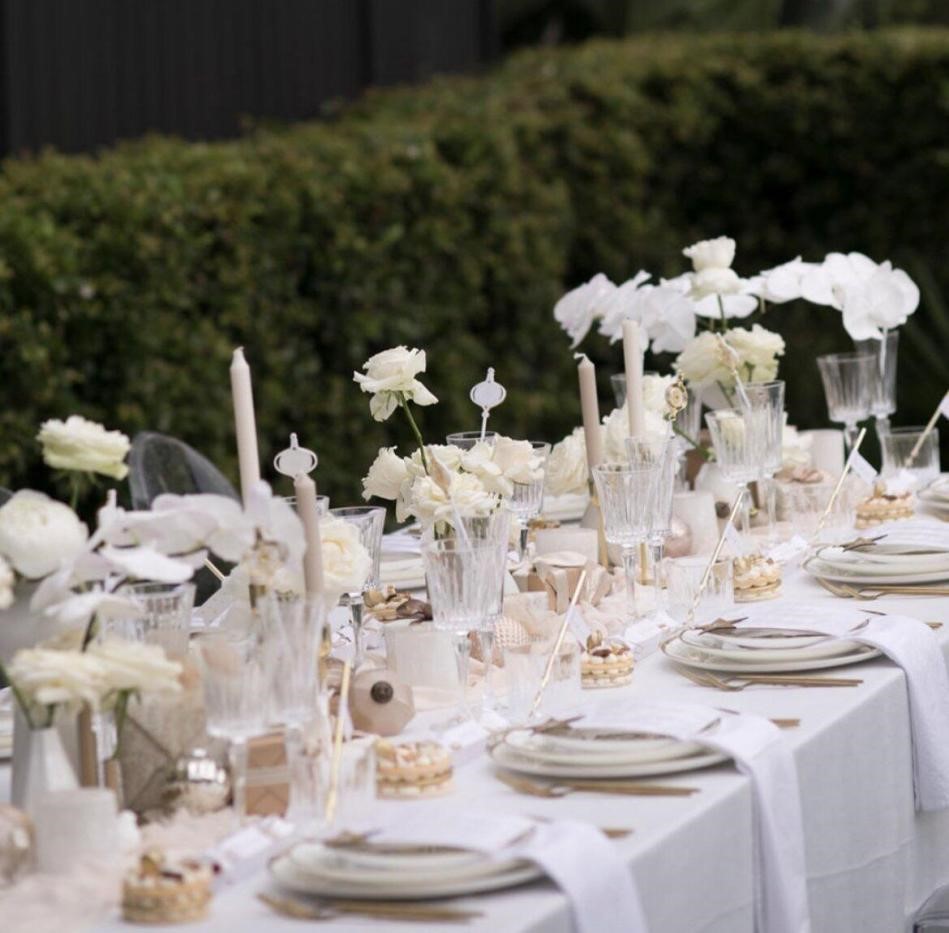The selection of flatware goes beyond mere aesthetics; it's a reflection of one's taste and an investment in dining experiences. Choosing high-quality flatware ensures not only a visually appealing table setting but also durable and long-lasting utensils. In this article, we'll explore key factors to consider when evaluating the quality of flatware.
Material Matters:
Stainless Steel Grades: Opt for flatware made from 18/10 stainless steel. This indicates the percentage of chromium and nickel in the alloy, providing corrosion resistance and durability.
18/0 Stainless Steel: While less expensive, flatware with an 18/0 ratio may be more prone to rust and staining.
Weight and Balance:
Heft and Balance: High-quality flatware tends to have a substantial weight, giving it a comfortable and balanced feel in the hand. Light, flimsy utensils may indicate lower quality.
Finish and Polishing:
Mirror Finish: Quality flatware often features a mirror finish, showcasing a highly polished surface. This not only enhances the overall aesthetic but also contributes to the flatware's resistance to staining and pitting.
Satin Finish: Some premium flatware sets may feature a satin finish, offering a sophisticated matte look.
Design and Craftsmanship:
Seamless Construction: Examine the flatware for seams or joints. Higher quality sets are often crafted with a single piece of metal, reducing the chances of breakage.
Precision in Design: Well-designed flatware will have uniformity in its pattern, with attention to detail in the handle and overall symmetry.
Resistance to Corrosion:
Corrosion Resistance: Flatware should be resistant to corrosion, ensuring longevity. Look for terms such as "rust-resistant" or "corrosion-resistant" in the product description.
Dishwasher Safe: Quality flatware is designed to withstand the rigors of dishwasher cleaning without losing its luster or developing spots. Check the manufacturer's recommendations for cleaning.
Brand Reputation:
Reputable Brands: Consider purchasing from well-known and established brands. These brands often have a reputation for producing high-quality flatware and may provide warranties or customer support.
Additional Considerations:
Tarnish Resistance: Premium flatware sets may include tarnish-resistant coatings, maintaining the shine over time.
Forged vs. Stamped: Forged flatware is often considered superior due to its denser structure and durability compared to stamped alternatives.
Investing in high-quality flatware is an investment in your dining experience. By considering factors such as material, weight, finish, design, and brand reputation, you can ensure that your flatware not only enhances your table setting but also stands the test of time, becoming a cherished part of your dining rituals.

Post time: Jan-08-2024




